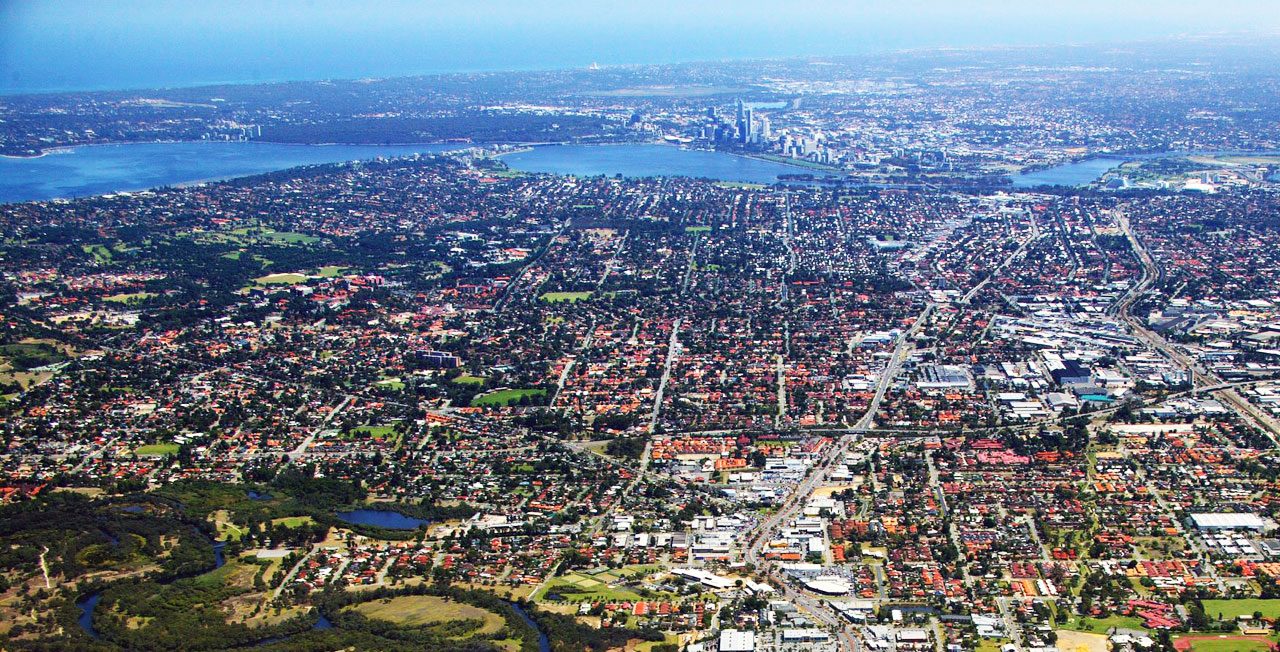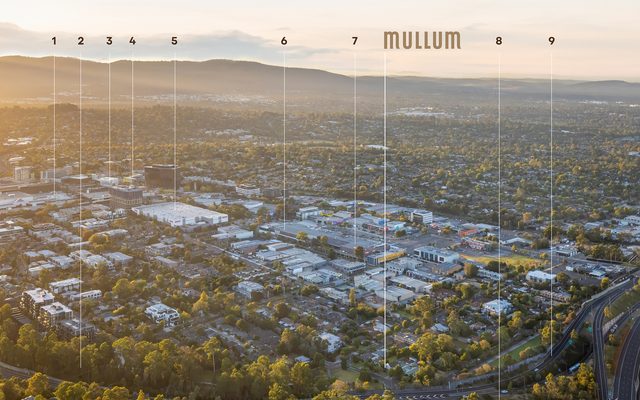This article is from the Australian Property Journal archive
GROWING demand and market activity are increasingly evident across Perth’s residential investment market, according to LMW, although some areas continue to play catch-up.
In the Perth Metro Property Market Snapshot for May, LMW director Ben Lamers said there is consistent evidence that the western suburbs had passed the bottoming out stage and values are now trending upwards.
“Properties in the sought-after suburbs, for example Nedlands, have seen reduced days on the market along with strengthening prices and drastically low stock levels particularly at the entry price points,” he said.
Strong competition for entry-level properties has pushed prices upwards.
“Important to note however, that we are not out of the woods quite yet as the first three weeks of April saw activity ease again but we believe this is just a momentary lapse.
“It appears that a large portion of stale and poor quality housing stock has gone with the majority of existing stock being of high quality,” Lamers said.
Stock levels have fallen across the general north coastal corridor amid increasing demand, and incremental increases have been seen at the high end of the market within the Trigg to Hillarys coastal stretch.
Lamers said selling periods are reducing dramatically particularly in the mid to higher-end range.
More affordable suburbs Carine, Duncraig and Padbury have seen stock levels dwindle, while the outer north coastal areas of Yanchep, Two Rocks through to Mindarie are struggling with high stock levels and limited demand.
“Burns Beach and Iluka are considered to have ‘good buys’ at the moment with selling prices being far lower than that of replacement costs. Scarborough and immediate surrounds still have high stock levels due to the higher density however an increase in transactions and demand is being experienced.”
Throughout the north-east there has been growing interest in smaller development sites, Warwick, Greenwood and Kingsley, while areas including Balga and Nollamara remain oversupplied.
“The more established areas of Kingsley, Stirling etc., where there is good established infrastructure and amenity are performing much better with stabilising values more so in the $600,000 to $800,000 price range,” he added.
Fringe areas such as Ellenbrook, Aveley and Dayton are still struggling in the established and construction markets, with values of new builds failing to reach replacement costs.
Throughout the southern corridor, areas within the City of Fremantle are experiencing increased market activity, particularly in South Fremantle and North Fremantle, driven by the growing popularity of the South Terrace and Queen Victoria Street hubs.
“Real estate agents operating in Fremantle report a spike in interest and property sales from interstate buyers who see this market as being inexpensive and offering all of the amenities and character whilst being within close proximity to the beach,” Lamers said.
Suburbs within the City of Melville are also enjoying an increase in activity, with competitive conditions in the $800,000 to $1.5 million range.
Vacant, subdivided street-fronting land of good shape is selling quickly. Development pipelines are focused around activity centres along the Canning Highway in Ardross, Applecross and Mount Pleasant, with Lamers saying the latter two suburbs in particular are benefiting from significant development projects.
Garden City is seeing a number of developments underway, and zoning densities under TPS6 have been increased that allow for multiple dwelling developments.
South-eastern suburbs have seen demand increases, mostly around South Perth, Como, Kensington and Victoria Park, and stock levels have fallen, while prices have remained mostly steady.
The mid to higher-end market has seen selling days come down, but Lamers said the mortgage belt areas are continuing to struggle with high stock levels and limited demand, causing further reduction in values.
Australian Property Journal




